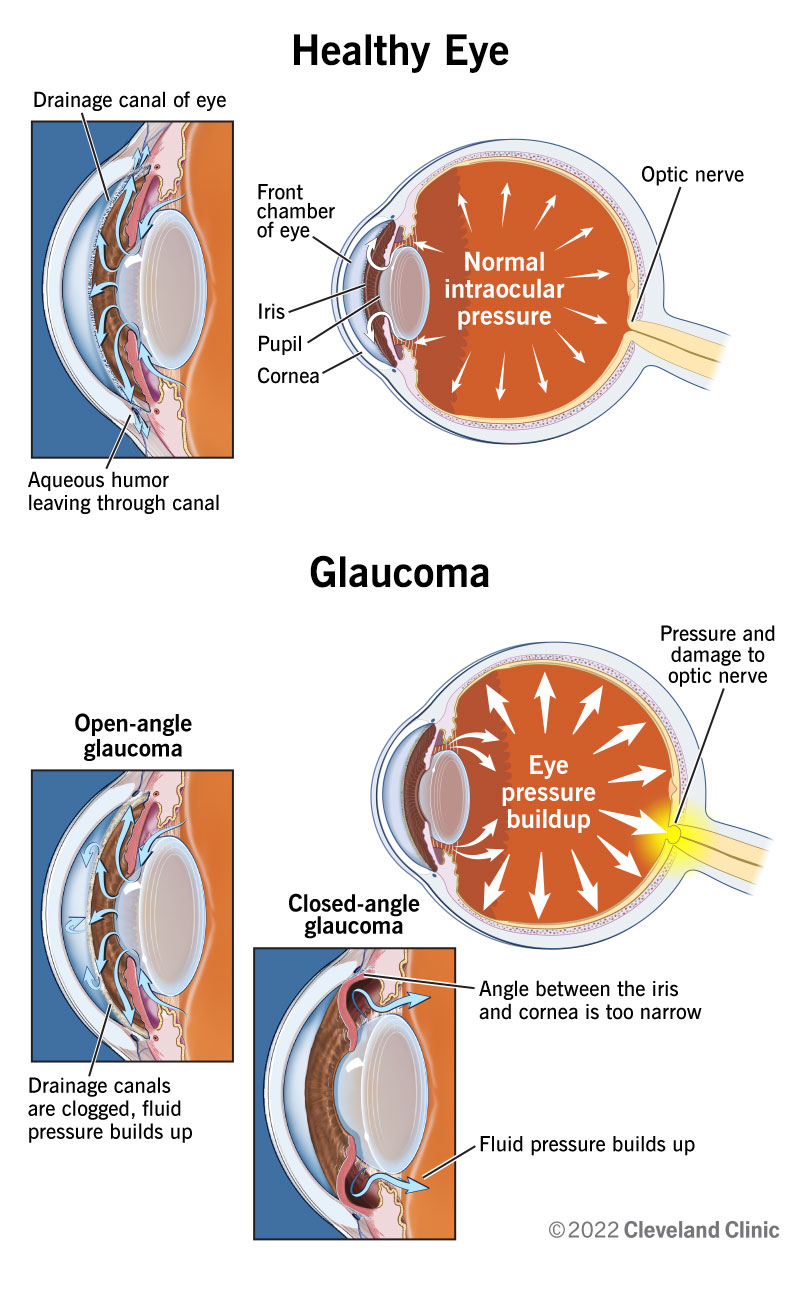Comprehending the Various Vision Modification Procedures Available for Clearer Sight
In the realm of vision improvement treatments, a wide variety of options exist to address refractive errors and supply people with clearer view. From the widely recognized LASIK surgical procedure to less invasive treatments like PRK and implantable lenses, the field of ophthalmology offers a variety of strategies customized to fit various requirements and choices. Each treatment features its very own collection of factors to consider, advantages, and prospective risks. Comprehending the subtleties of these vision modification methods is crucial for making informed choices concerning one's visual health. Allow's discover the complexities of these treatments and clarified the path to attaining improved vision clarity.
LASIK Surgical Treatment
LASIK surgical procedure is an usual refractive procedure utilized to remedy vision problems such as nearsightedness, farsightedness, and astigmatism - glaucoma service near me. This medical strategy, which represents Laser-Assisted in Situ Keratomileusis, aims to reshape the cornea to improve just how light is focused on the retina, inevitably boosting vision quality. During the treatment, a thin flap is produced on the cornea, and a laser is used to remove precise quantities of tissue to improve it appropriately. This improving enables light to be properly concentrated onto the retina, correcting refractive mistakes.
One of the key benefits of LASIK surgery is the fast enhancement in vision experienced by patients. Generally, LASIK surgery is a popular selection for people looking for a long-lasting remedy for their vision issues.
PRK Treatment
While likewise a typical refractive procedure, the PRK (Photorefractive Keratectomy) strategy varies from LASIK surgical procedure in its technique to remedying vision problems. In PRK, as opposed to creating a flap on the cornea, the outer layer of the cornea, called the epithelium, is completely removed. This enables the laser to improve the cornea to deal with refractive errors such as farsightedness, nearsightedness, and astigmatism directly externally.
Despite the longer recuperation time, PRK can yield exceptional lead to vision renovation, making it a useful option for those that might not appropriate candidates for LASIK surgical treatment.
Implantable Lenses
As opposed to PRK where the cornea is reshaped straight, implantable lenses supply an additional approach for remedying vision by putting fabricated lenses inside the eye. This procedure is specifically valuable for people with high levels of farsightedness, astigmatism, or nearsightedness that might not appropriate candidates for laser surgical procedures like LASIK or PRK.
Implantable lenses, also called phakic intraocular lenses, work by supplementing the eye's all-natural lens with a man-made one. eyecare near me. These lenses can be put in front of the all-natural lens (former chamber) or behind the iris and in front of the all-natural lens (posterior chamber) By readjusting the power and positioning of these lenses, ophthalmologists can properly deal with refractive mistakes and boost aesthetic skill
One benefit of implantable lenses is that they are detachable and exchangeable, supplying versatility for future changes. Nevertheless, just like any type of medical treatment, there are risks entailed, such as infection or cataract formation. Patients considering implantable lenses ought to talk to an eye care expert to identify one of the most suitable alternative based upon their specific demands and eye wellness.
Corneal Rings
Corneal rings, also called intracorneal ring sections, are small, clear tools put right into the cornea to deal with vision distortions such as keratoconus. Keratoconus is a problem where the cornea thins and bulges outside, creating vision to become distorted. The insertion of corneal rings aids to squash the cornea, boosting visual acuity and lowering the irregular astigmatism brought on by keratoconus.
The procedure for placing corneal rings is minimally intrusive and fairly fast, frequently done as helpful hints an outpatient procedure. Throughout the surgical procedure, the eye doctor makes a small cut in the cornea and inserts the rings at a certain depth. When in area, the rings aid to improve the cornea, giving a smoother surface area for light to get in the over at this website eye, which can result in clearer vision.
Corneal rings are considered a reversible procedure, as they can be removed or replaced if needed. retina service near me. While they might not completely remove the demand for glasses or get in touch with lenses, corneal rings can substantially boost vision quality and overall aesthetic comfort for people with keratoconus or various other corneal irregularities
Refractive Lens Exchange
Adhering to the modification of corneal irregularities with procedures like corneal rings, another vision modification method that can address refractive errors is Refractive Lens Exchange (RLE) RLE is an operation that involves replacing the eye's natural lens with an artificial intraocular lens (IOL) to fix refractive mistakes such as presbyopia, farsightedness, and nearsightedness. This treatment is particularly useful for people who may not be appropriate candidates for treatments like LASIK or PRK due to elements such as thin corneas or high refractive errors.

Final Thought
In verdict, there are different vision improvement treatments offered to help people attain more clear sight. LASIK surgery, PRK click here for more treatment, implantable lenses, corneal rings, and refractive lens exchange are all choices that can resolve various vision concerns.
In the world of vision adjustment procedures, a wide range of alternatives exist to address refractive mistakes and offer individuals with more clear view.LASIK surgical treatment is a typical refractive treatment made use of to fix vision troubles such as astigmatism, farsightedness, and nearsightedness.While additionally a common refractive treatment, the PRK (Photorefractive Keratectomy) strategy varies from LASIK surgical procedure in its strategy to dealing with vision problems.Following the adjustment of corneal abnormalities with procedures like corneal rings, one more vision correction method that can deal with refractive errors is Refractive Lens Exchange (RLE) LASIK surgical procedure, PRK treatment, implantable lenses, corneal rings, and refractive lens exchange are all alternatives that can address various vision problems.